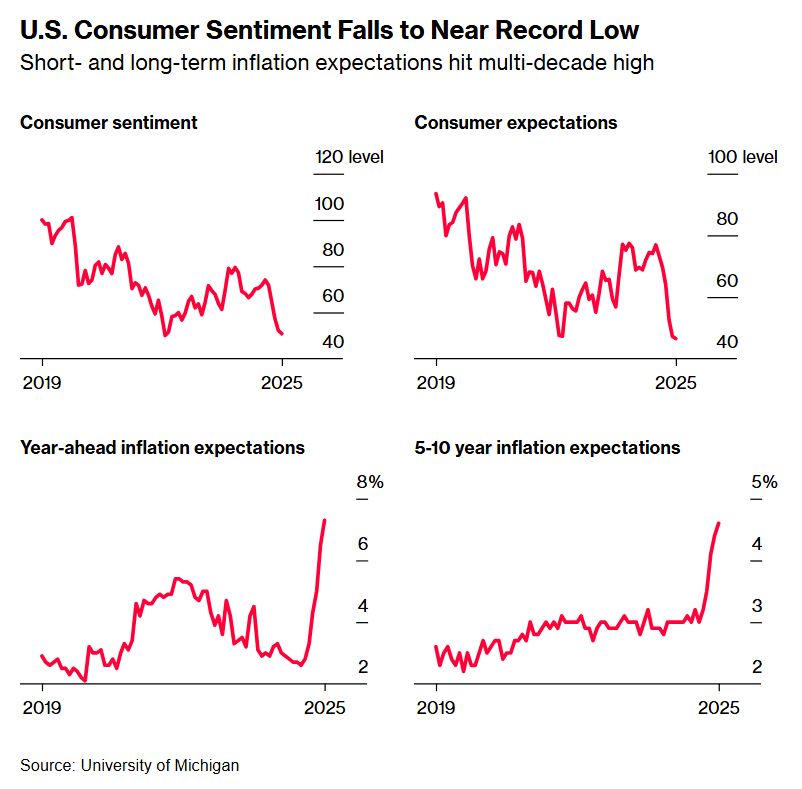U.S. Midstream IPO Draws Capital Amid Expanded Offshore Leasing
A newly filed U.S. midstream oil and gas infrastructure company drew strong investor interest this week even as the federal government signals expanded offshore drilling. The deal highlights how fee based pipeline cash flows and shifting energy policy are reshaping where capital flows in the energy sector and what risks new investors will have to price.

Bloomberg reported on November 21, 2025 that a newly created midstream oil and gas infrastructure company filed for an initial public offering this week and attracted solid demand from institutional investors as underwriters began marketing the deal. Investment banks told prospective buyers that the company benefits from long term, fee based pipeline contracts that support predictable cash flows, and that their marketing materials referenced consensus forecasts for growing energy demand as a central part of the investment case.
Underwriting teams supplied preliminary pricing guidance to investors and solicited anchor commitments to stabilize the offering, according to the filing and bankers involved in the sale. The appetite for the deal came despite recent federal policy moves to expand offshore leasing, a shift that analysts say could alter the investment landscape by bringing more capital toward upstream exploration and production over time. Market participants noted that the stability of midstream revenue streams remains attractive in the near term even as policy opens prospects for higher domestic output.
The timing of the filing places it at the intersection of two trends. On one hand, midstream companies are reaping investor interest because pipelines, terminals and storage assets typically deliver contracted fees that are less sensitive to commodity price swings. That makes them a cleaner cash flow story for investors seeking income and lower correlation to exploration risk. On the other hand, the administration’s decision to expand offshore leasing may increase future supply and could compress margins across parts of the hydrocarbon value chain if production rises materially over the coming years.
Analysts evaluating the offering said the market will be watching how capital allocation shifts if public and private capital moves toward upstream projects that become more viable under a permissive leasing regime. Valuation multiples for midstream firms could face pressure if investors reprice growth expectations across the sector, and competition for capital between midstream and upstream projects could intensify. At the same time, some investors see a reallocation as an opportunity to buy stable infrastructure at attractive entry points if upstream gains prove cyclical.
Regulatory and environmental scrutiny also figured into investor deliberations. The filing noted potential permit requirements and the possibility of increased legal or community opposition as federal policy evolves and environmental groups intensify oversight. Investors weighing the IPO must balance the apparent safety of contracted revenues against long term transition risks, including potential carbon regulation and shifts in demand driven by electrification and renewable deployment.
The offering will be a barometer for how public markets value traditional energy infrastructure in an environment where policy and capital are moving simultaneously. For now, banks marketing the deal are banking on the familiar promise of stable cash flows to carry demand, while investors consider how a more open leasing regime might change capital flows and valuations across the energy landscape over the next decade.

